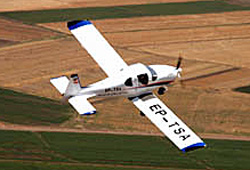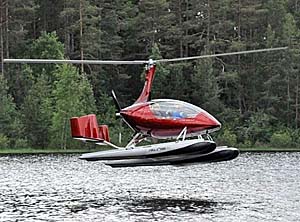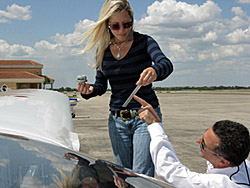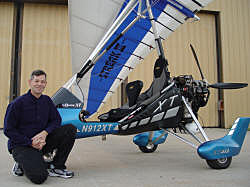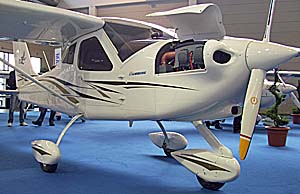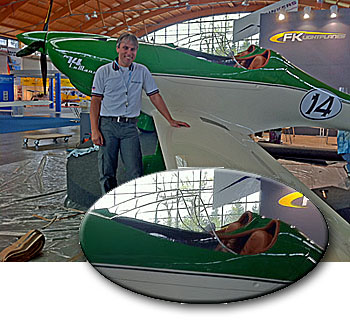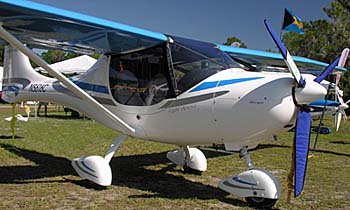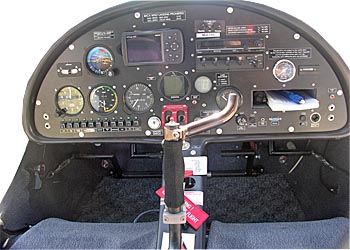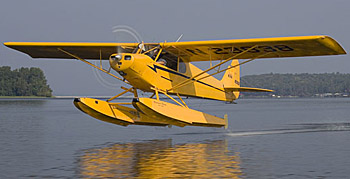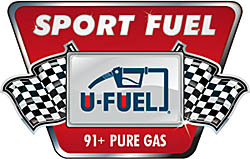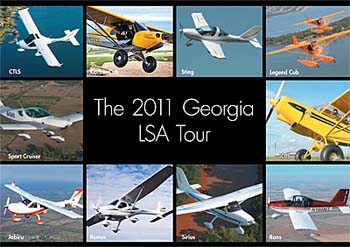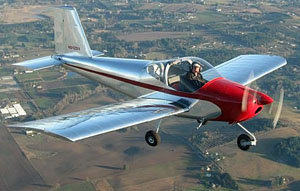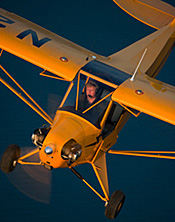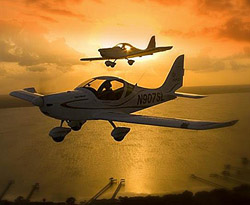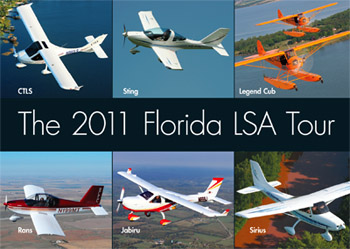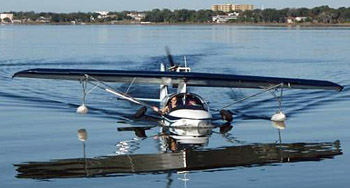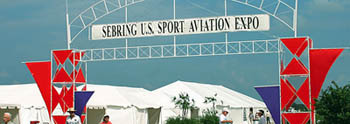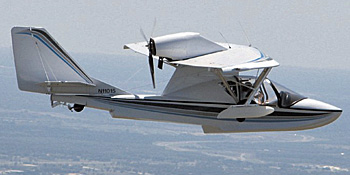
Seaplane fans represent one of aviation’s most enthusiastic user groups and few brands can claim more reliable loyalty than 600 owners give SeaRey. The central Florida producer got numerous owners to come help them move when they relocated into expansive new quarters in Tavares, Florida, which has claimed the title of “America’s Seaplane City.” Even the building was financed by SeaRey owners for the benefit of the manufacturer. With that kind of backing a new leader of the enterprise begins on solid footing. *** From the beginning, Progressive Aerodyne (PA), developer and builder of the SeaRey line has been directed by the Richter family. New CEO and Chairman, Adam Yang, assumed control of PA on May 9th, 2011. Here’s what he had to say: “Kerry Richter, the founder of Progressive Aerodyne, remains as President and principal designer and will be focusing his energy on R&D, company strategy and customer relationships. Joining the team as General Manager is Joe Friend.





